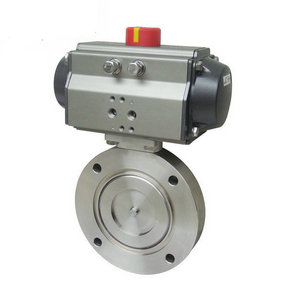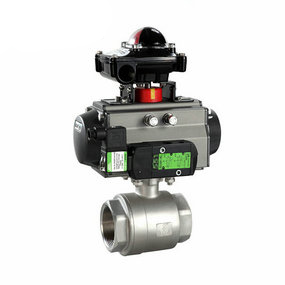How to connect the pneumatic extension rod hard seal butterfly valve? 4 Technical and economic analysis and socio-economic benefit analysis
4.1 Technical and economic analysis The main units of domestic thermal power generation have increased from 200MW to 300MW and 600MW, and the parameter level has developed from ultra-high pressure and subcritical to supercritical and ultra supercritical. The main problem of the boiler, steam turbine body and pipeline drain valve under the existing domestic technical conditions is internal leakage. High grade working medium goes directly to the low end without doing work, resulting in a large amount of heat loss. The metal pneumatic ball valve developed in this project can well solve this problem with its excellent sealing performance, special structure and excellent durability.
4.2 In terms of economic benefit analysis, only energy consumption is saved, and the comprehensive application of this product can save 5 million yuan of standard coal for Liaoning Huadian Tieling Power Generation Co., Ltd. every year; It is popularized and used in the power industry, and 600 sets of high-temperature and high-pressure metal seat pneumatic ball valves are produced every year, which can achieve a sales income of 9 million yuan and a profit of 2 million yuan; As the cost is reduced, the application scope will be expanded accordingly, which can indirectly create more benefits for the society.
4.3 The overall fund demand of the project to solve the problem of scientific research funds is 4 million yuan, of which 3 million yuan is self raised, accounting for 75% of the total funds, and 1 million yuan is applied for special funds, accounting for 25% of the total funds. The special funds applied are mainly used for the optimization and transformation of thermal spraying equipment and a large number of industrial comparative tests and parameter measurement. In this process, the fund budget should be carried out scientifically to ensure the solution of the overall fund problem.

Air to open type: when the air pressure on the diaphragm head increases, the valve acts in the direction of increasing opening. When the upper limit of input air pressure is reached, the valve is fully open. Conversely, when the air pressure decreases, the valve acts in the closing direction. When no air is input, the valve is fully closed. Therefore, sometimes air to open valves are also called fail to close FC.




